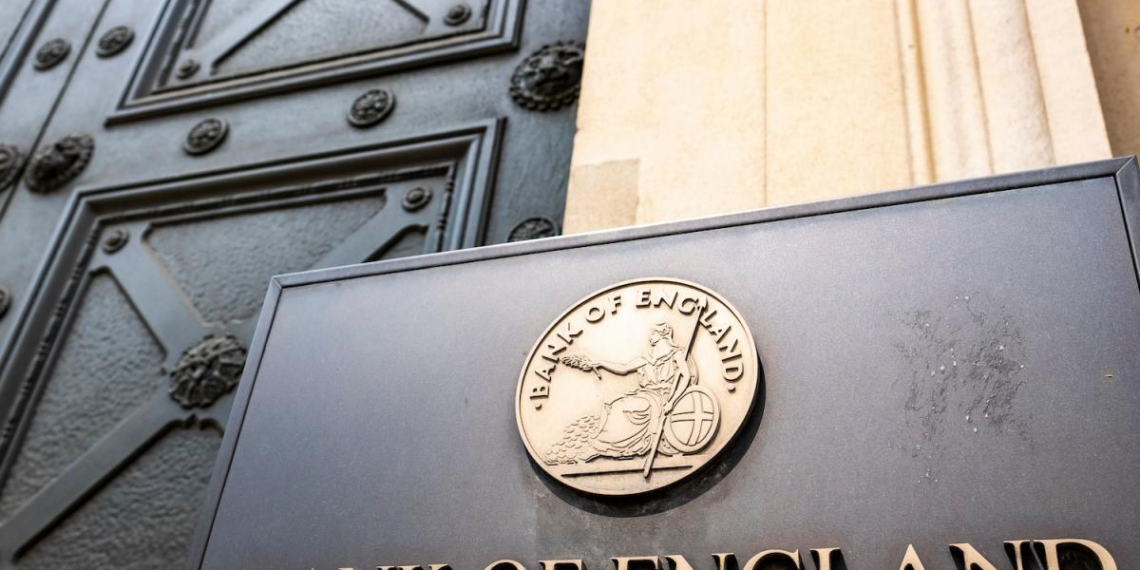The Bank of England announced that it was reducing its key interest rate further, following a decrease in UK inflation to a three-year low, indicating potential for more cuts in the future.
As anticipated, the BoE lowered borrowing costs by 25 basis points to 4.75 per cent at its regular policy meeting.
This is the second rate reduction since August. The US Federal Reserve is anticipated to lower rates again soon.
“We have been able to cut interest rates again” after UK annual inflation fell below the BoE’s target, the central bank’s governor Andrew Bailey said in a statement.
The Consumer Prices Index in Britain stands at 1.7 per cent, the lowest level since 2021 and below the two per cent target.
“We need to make sure inflation stays close to target, so we can’t cut interest rates too quickly or by too much,” Bailey cautioned.
“But if the economy evolves as we expect it’s likely that interest rates will continue to fall gradually from here.”
Major central banks started this year to cut interest rates that had been hiked in efforts to tame inflation, which had soared following the end of Covid lockdowns and Russia’s invasion of Ukraine.
Sweden’s central bank slashed borrowing costs by 0.5 basis points Thursday — its fourth this year and biggest reduction in a decade — while Norway made no change.
The Fed is later expected to trim by 25 basis points in a decision unlikely to have been influenced by Donald Trump’s return to power, according to analysts.
The BoE update follows a maiden budget last week from Britain’s new Labour government that featured tax rises and increased borrowing.
In August, the BoE reduced it key rate for the first time since early 2020, from a 16-year high of 5.25 per cent as UK inflation returned to normal levels.
But it decided against a second reduction in a row in September. There was no October meeting.
The BoE hiked borrowing costs 14 times between late 2021 — when they stood at a record-low 0.1 per cent — and the second half of last year.





